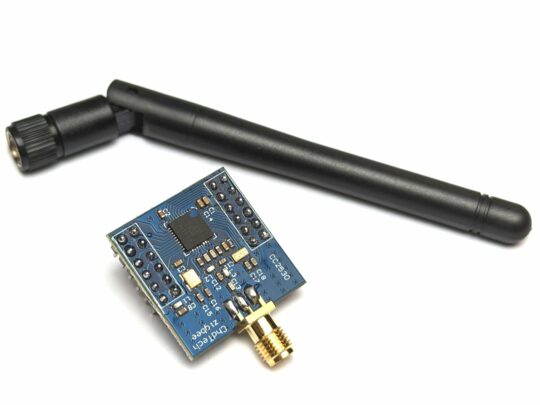
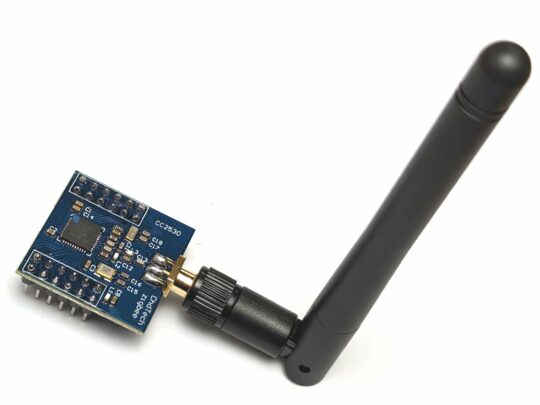
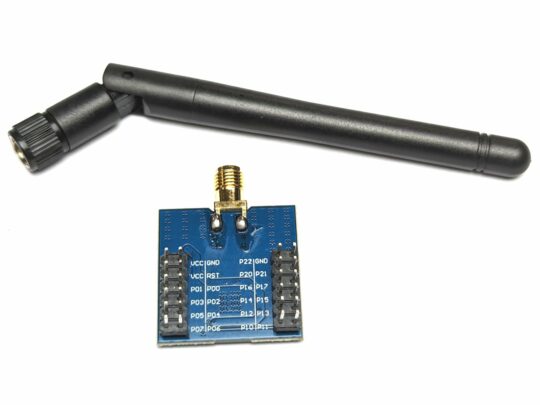
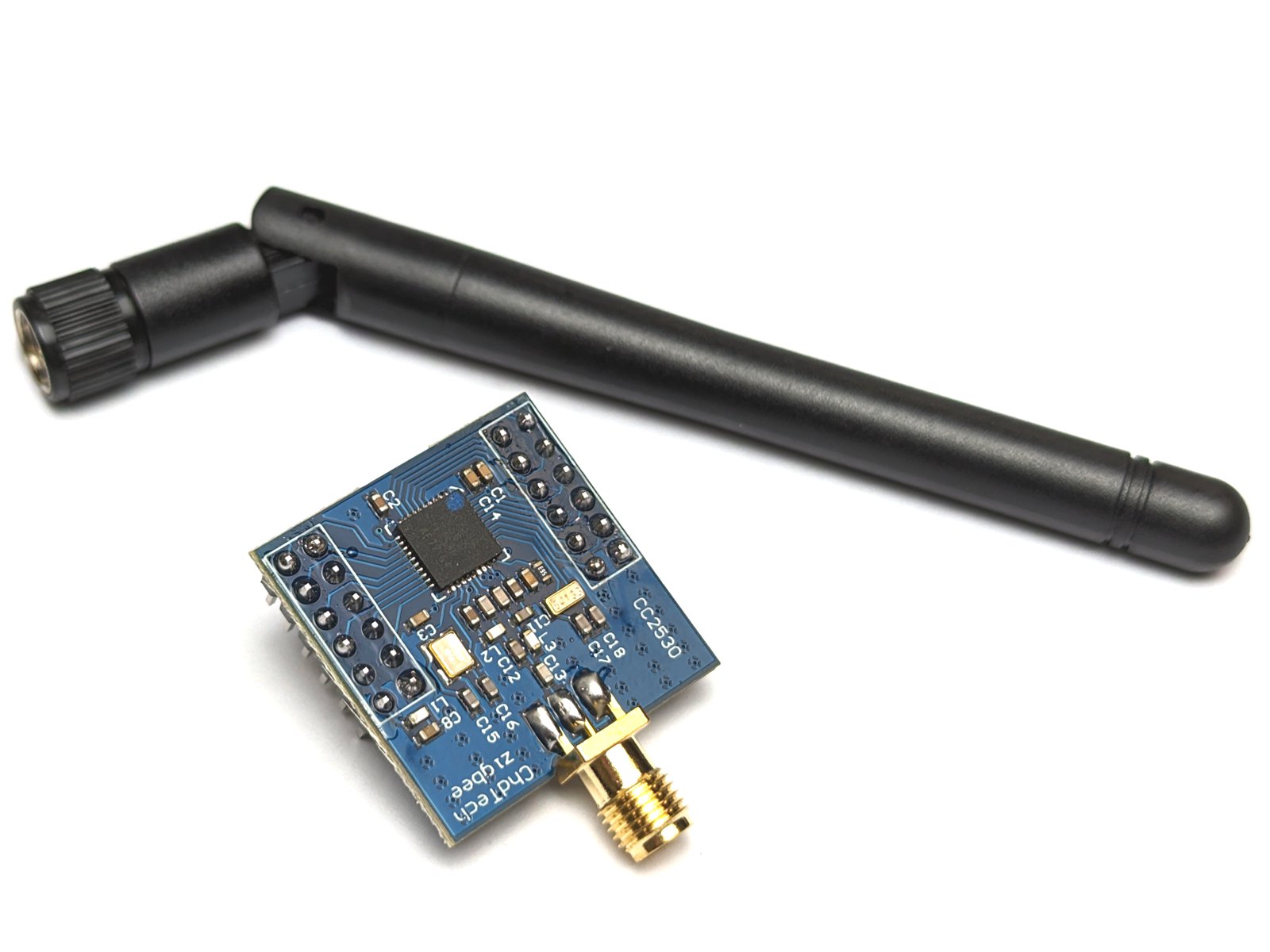
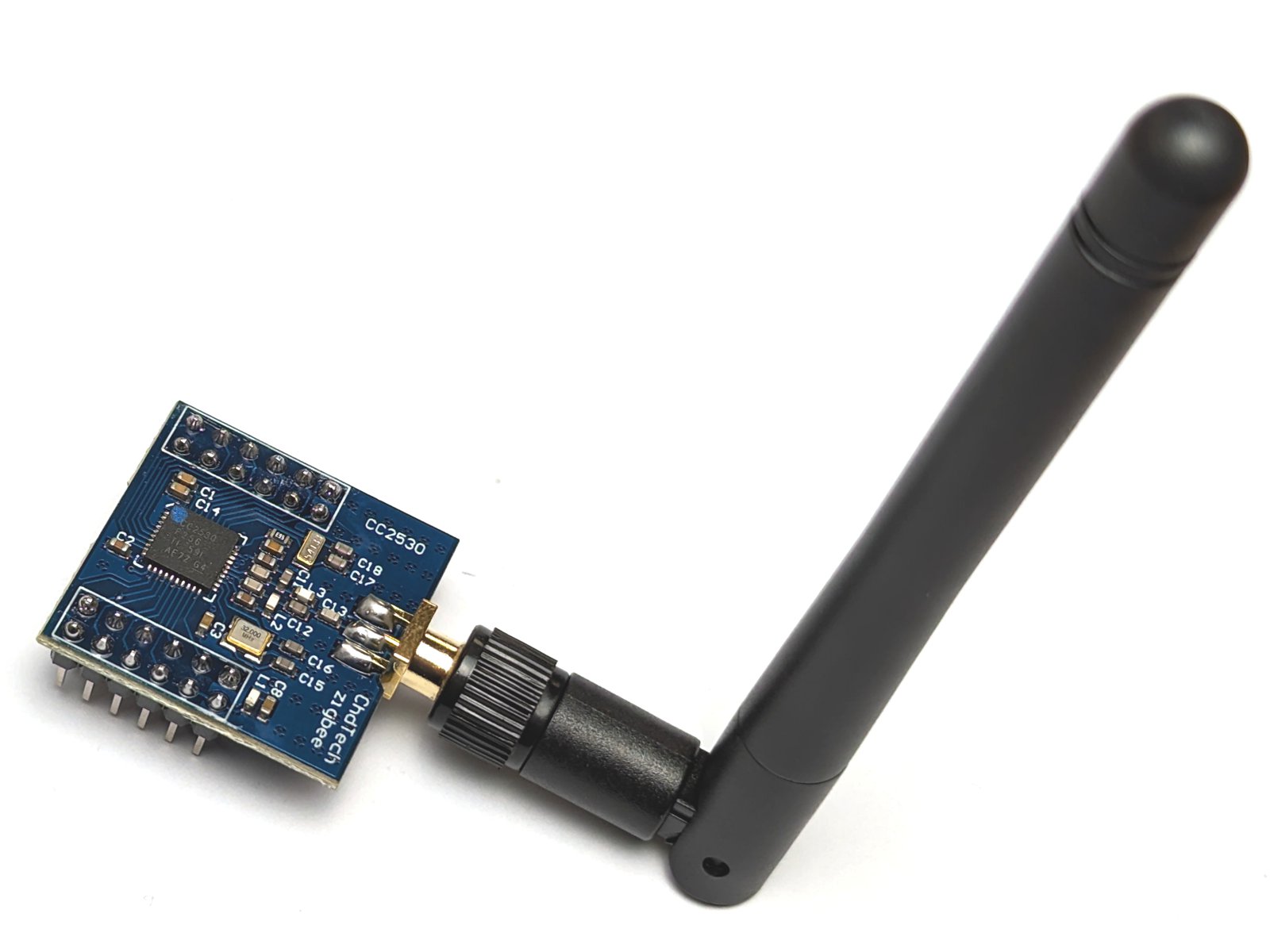
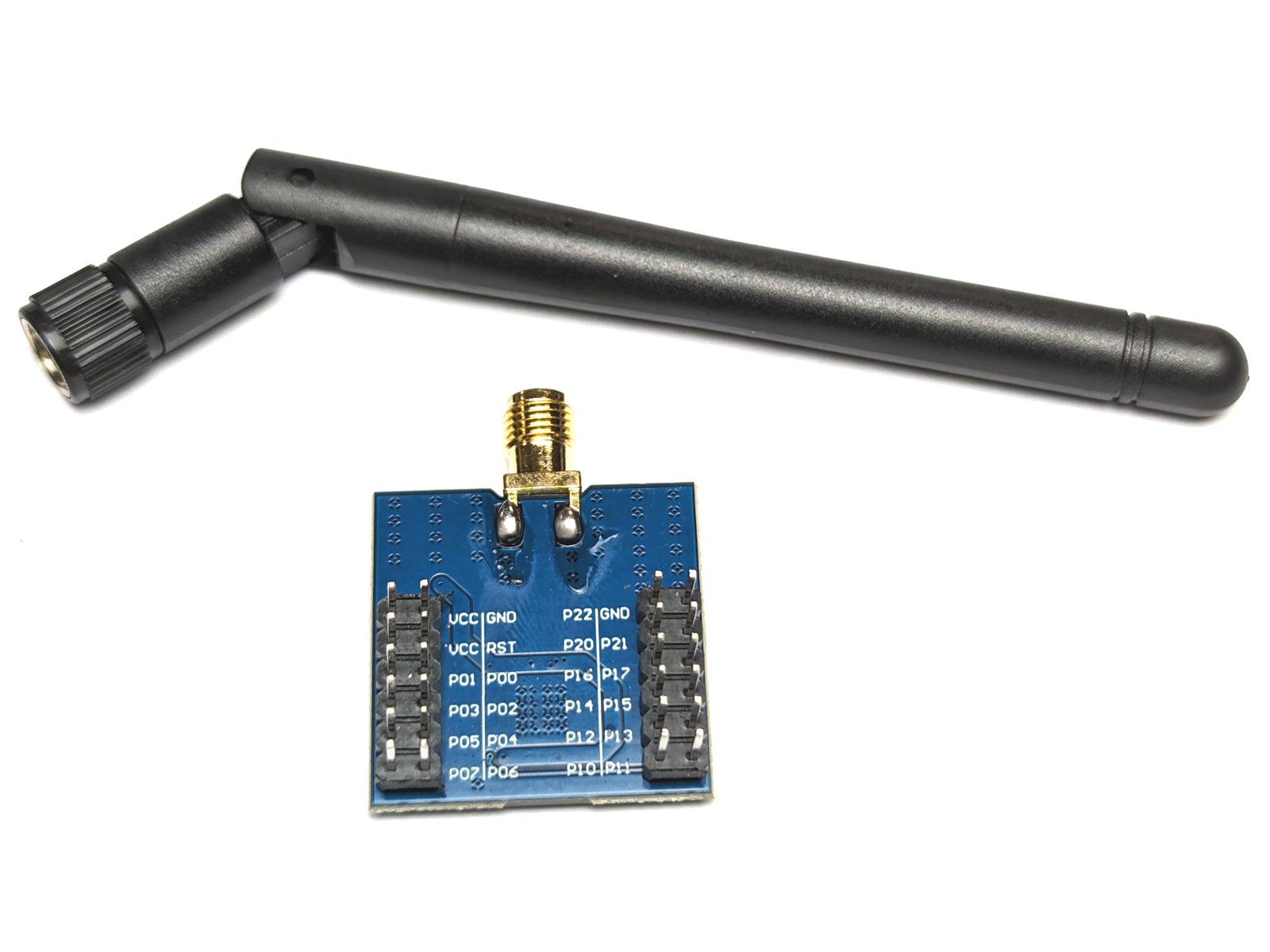
CC2530 Zigbee Wireless UART Module
0 out of 5
CAD 11.90
| Need more than we have? Order now, we will ship when back in stock. Lead time about 2-3 weeks. See our backorder policy. |
Availability: In stock (can be backordered)
SKU: 26900
| Discount Type | Quantity | Volume Price |
|---|---|---|
| Quantity | 3 - 9 | 10% CAD 10.71 |
| Quantity | 10 - 24 | 12.5% CAD 10.41 |
| Quantity | 25 + | 15% CAD 10.12 |
- Description
- Reviews (0)
Description
The CC2530 Zigbee Wireless UART module is a compact, low-power RF (radio frequency) module that operates in the Zigbee protocol. It’s primarily designed for wireless communication in smart home applications, industrial control systems, and other areas where a reliable, low-power wireless solution is needed.
What is the CC2530 Zigbee Module?
- RF Transceiver: The CC2530 contains a 2.4 GHz RF transceiver compatible with the IEEE 802.15.4 standard, which is the basis for the Zigbee protocol.
- Microcontroller Integration: It integrates a microcontroller (MCU) for handling data and control functions, making it a standalone solution for Zigbee applications.
- Low Power Consumption: Designed for efficient energy use, making it ideal for battery-operated devices.
- Range and Reliability: Offers a good balance of range and data integrity in various environments.
Applications
- Smart Home Devices: Like light switches, sensors, and smart plugs.
- Industrial Automation: For monitoring and controlling machines.
- Healthcare: In patient monitoring systems.
- Retail Services: Like inventory tracking.
Using CC2530 with Arduino
- Arduino as a Host Controller: The Arduino board can act as a host controller for the CC2530. In this setup, the Arduino communicates with the CC2530 to send and receive Zigbee packets.
- Programming and Interface: Users can program the Arduino to interact with the CC2530 using Serial Communication (UART).
- Custom Applications: This combination allows hobbyists and developers to create custom wireless applications and integrate them into a Zigbee network.
- Prototyping and Experimentation: Ideal for experimenting with Zigbee technology without delving into complex RF design.
How to Connect
- Serial Communication: Connect the TX and RX pins of the CC2530 to the corresponding RX and TX pins of the Arduino.
- Power Supply: Ensure that the voltage levels are compatible. The CC2530 typically operates at 3.3V.
- Software: Use the Arduino IDE to write and upload sketches to the Arduino that communicate with the CC2530.
Community Support:
Extensive online resources and communities are available for troubleshooting and project ideas. Please use your favorite search engine to find examples and instructions that help you develop your specific application.
Technical Specifications:
- RF Frequency Range: 2.4 GHz ISM band, suitable for worldwide deployment.
- Compatibility: IEEE 802.15.4 compliant and Zigbee ready.
- Microcontroller Core: 8051 core, which is widely used and well-supported.
- Flash Memory: Typically ranges from 64KB to 256KB.
- RAM: Usually around 8KB.
- UART Interface: Available for serial communication, making it easy to interface with controllers like Arduino.
- I/O Options: Multiple digital and analog I/O lines for versatile application use.
- Power Supply Voltage: 2.0V to 3.6V, ideal for battery-powered devices.
- Transmit Power: Adjustable, up to +4.5 dBm.
- Receiver Sensitivity: Typically around -97 dBm, ensuring good receive capability.
- Current Consumption: Low power consumption with different modes (transmit, receive, idle, and power-down).
- Range: Effective range 10-100 meters (line-of-sight, depending on environmental factors).
- Data Rate: Supports 250 kbps, which is standard for Zigbee and IEEE 802.15.4.
- Dimensions: Compact size, typically in the range of a few centimeters.
- Operating Temperature: Generally ranges from -40°C to +85°C, suitable for various environments.
- Antenna Options: Integrated and external antenna options are available.
- Programming: Can be programmed using TI’s Z-Stack or other compatible Zigbee stacks.
Be the first to review “CC2530 Zigbee Wireless UART Module”
You must be logged in to post a review.
Related products
-
-
-
-
-
315/433MHz, 2.4GHz etc.
SX1278 LoRa Long Range Super-Mini Data Modem 433MHz – Antenna
CAD 9.900 out of 5 -
315/433MHz, 2.4GHz etc., Bluetooth
Nordic nRF51822 Bluetooth BLE Microcontroller Module
CAD 5.900 out of 5 -
IR, Wireless, Remote, 315/433MHz, 2.4GHz etc.
433MHz Superheterodyne Transmitter Receiver Kit
CAD 4.950 out of 5 -

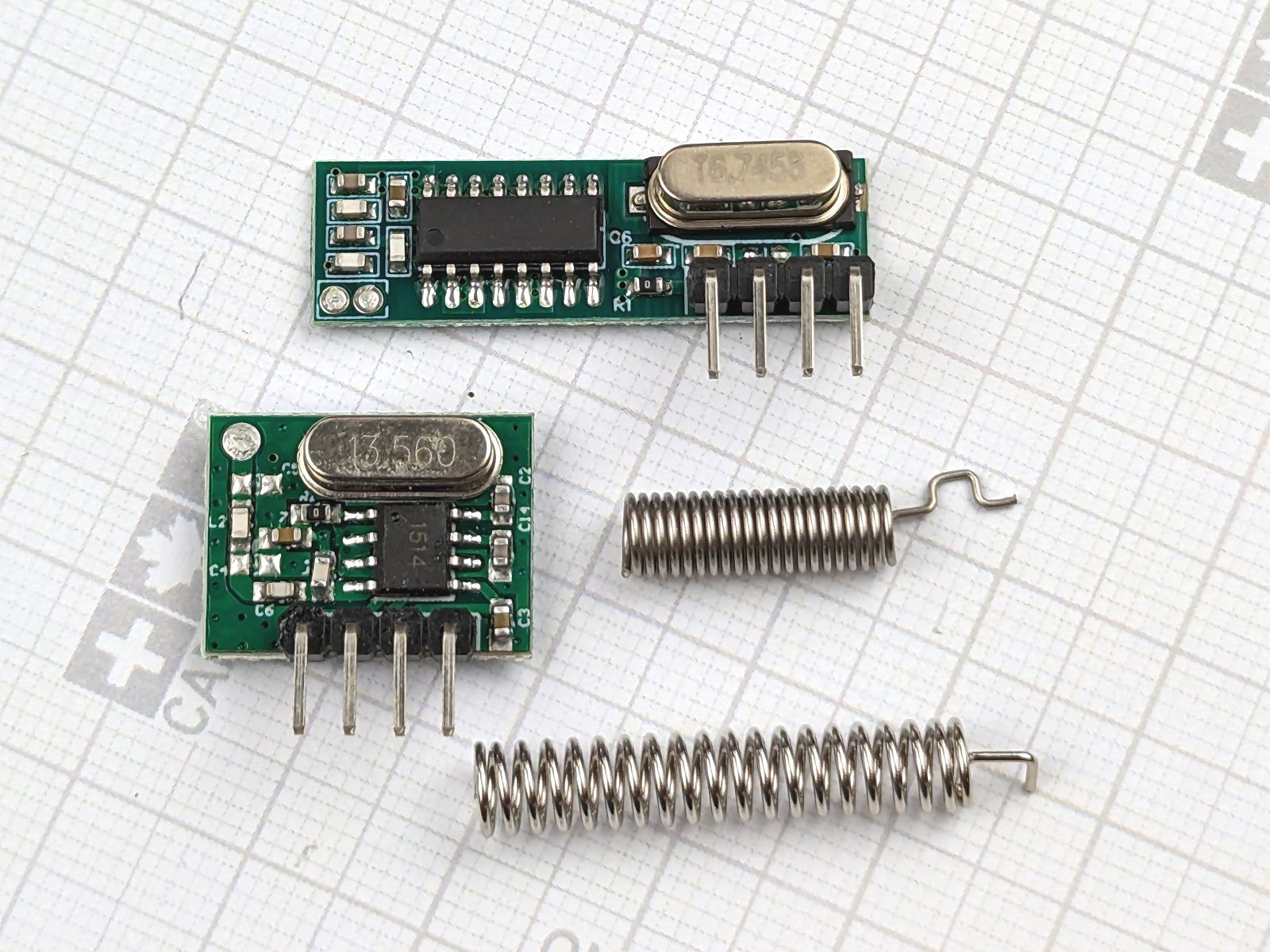
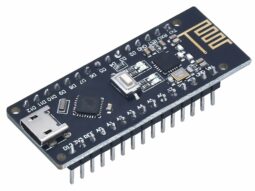
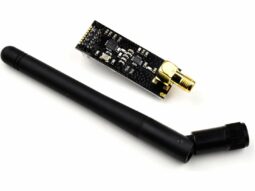
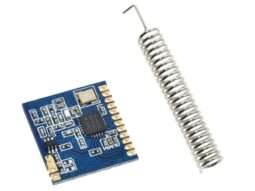
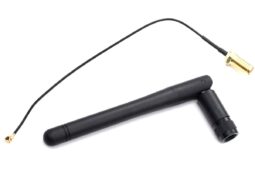
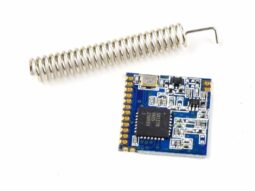
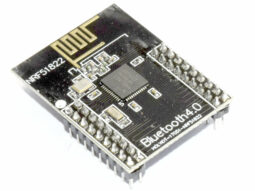
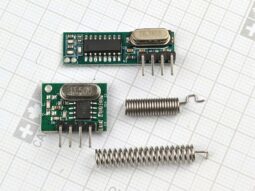
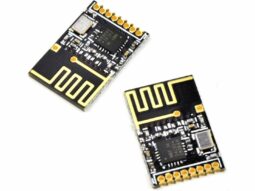
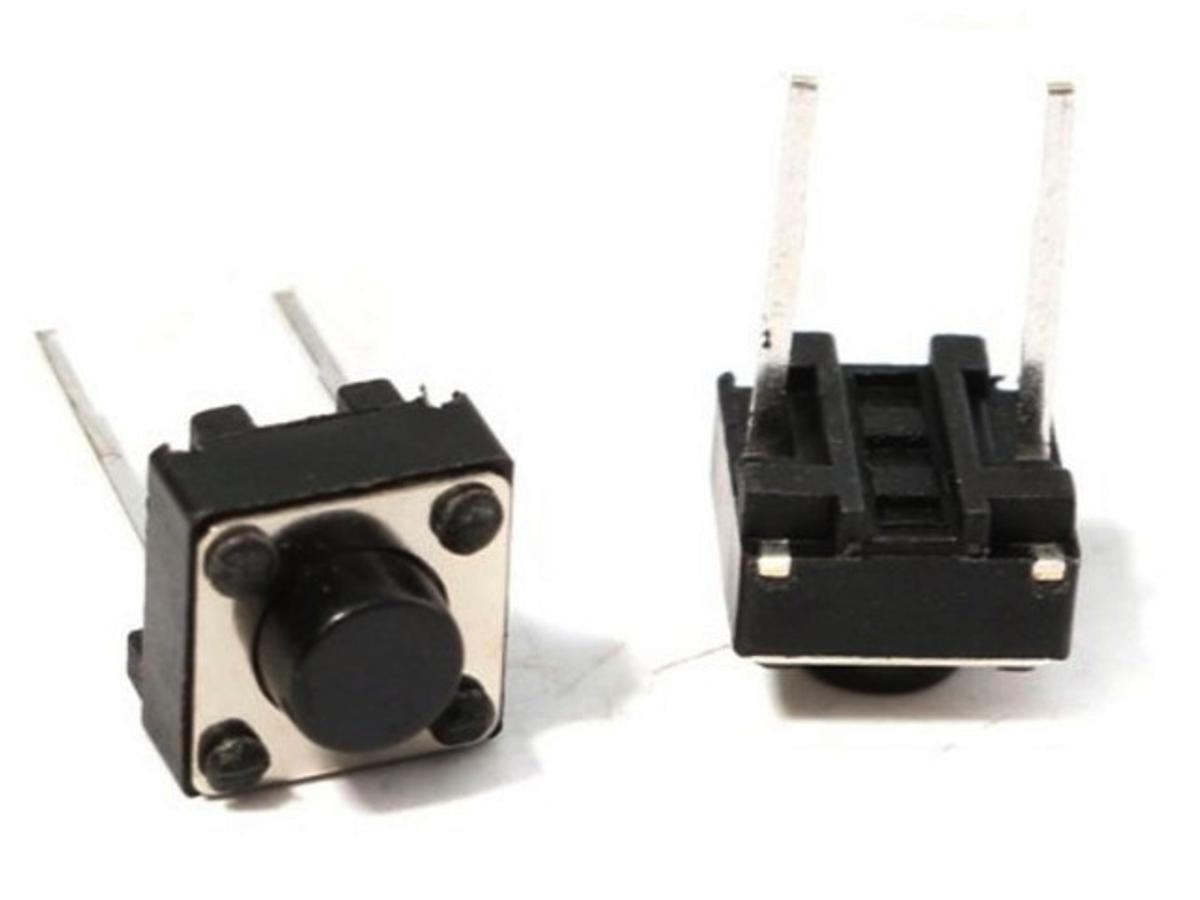
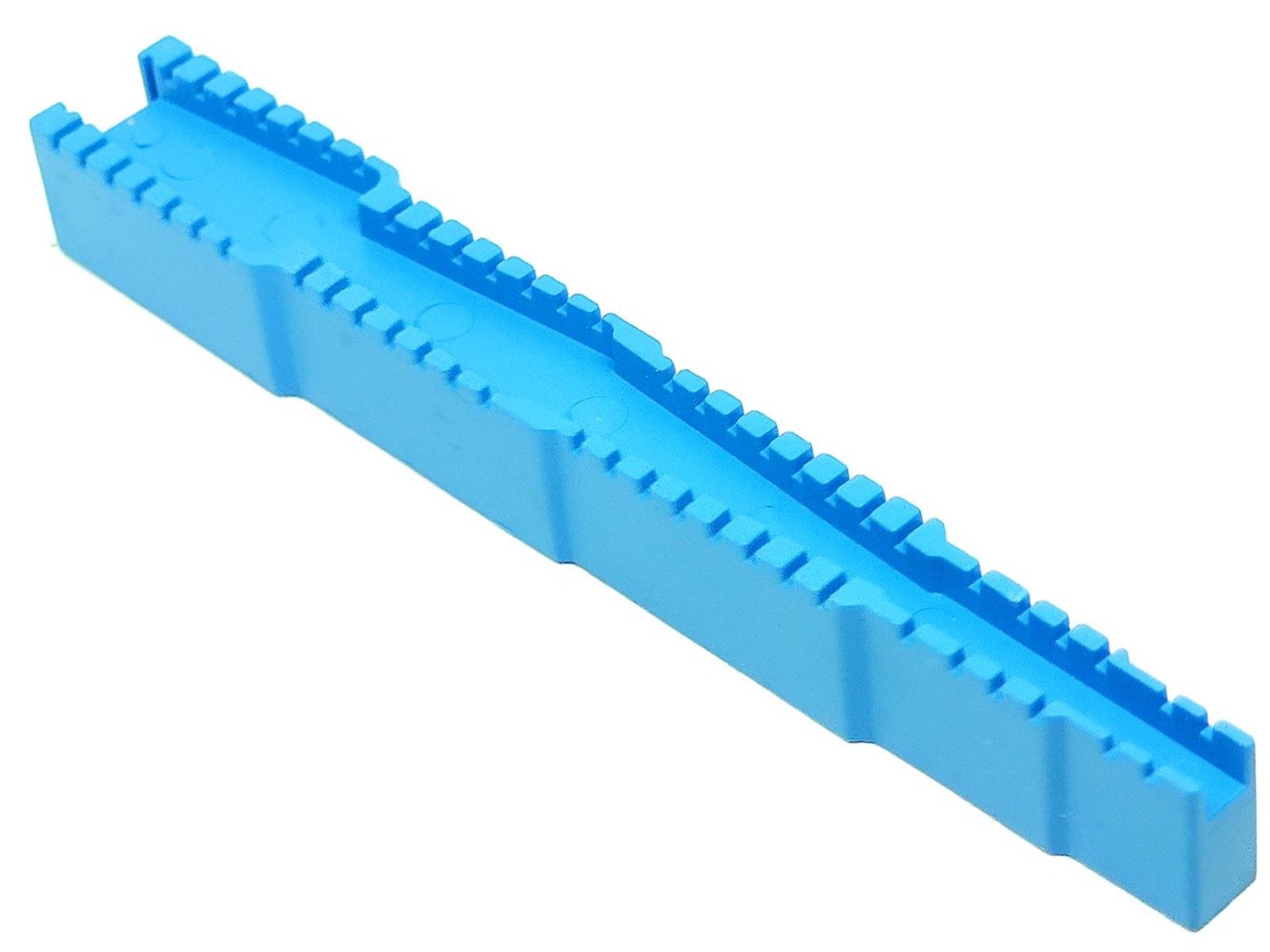
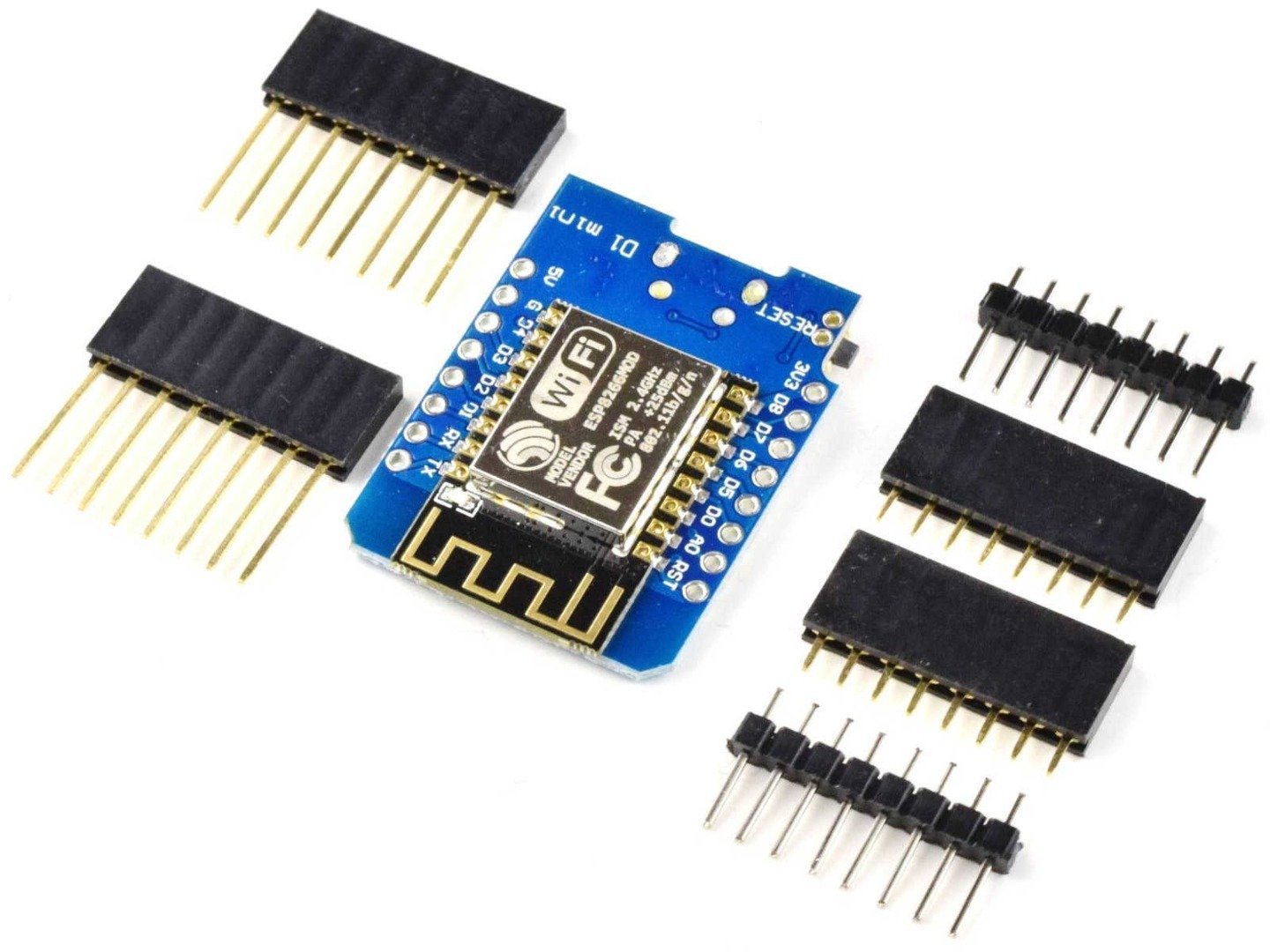



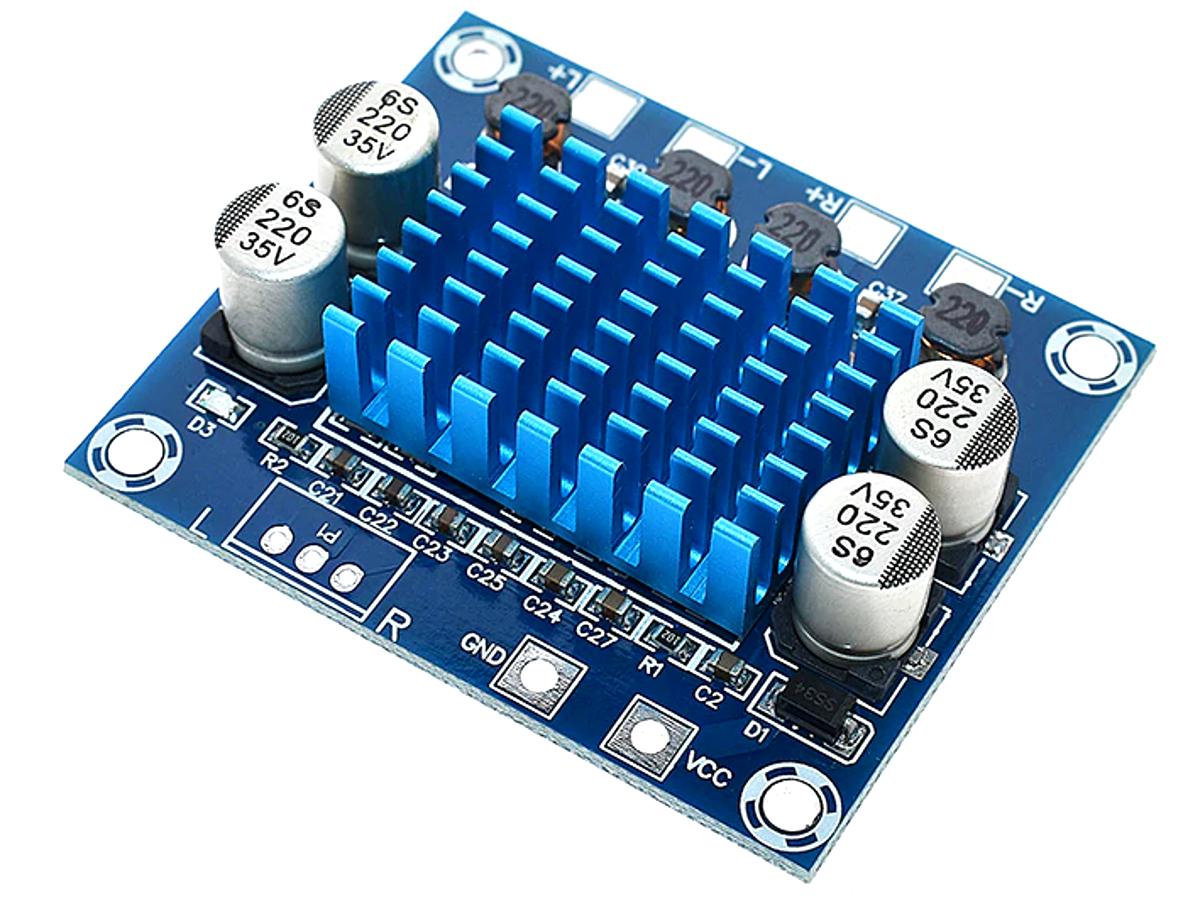

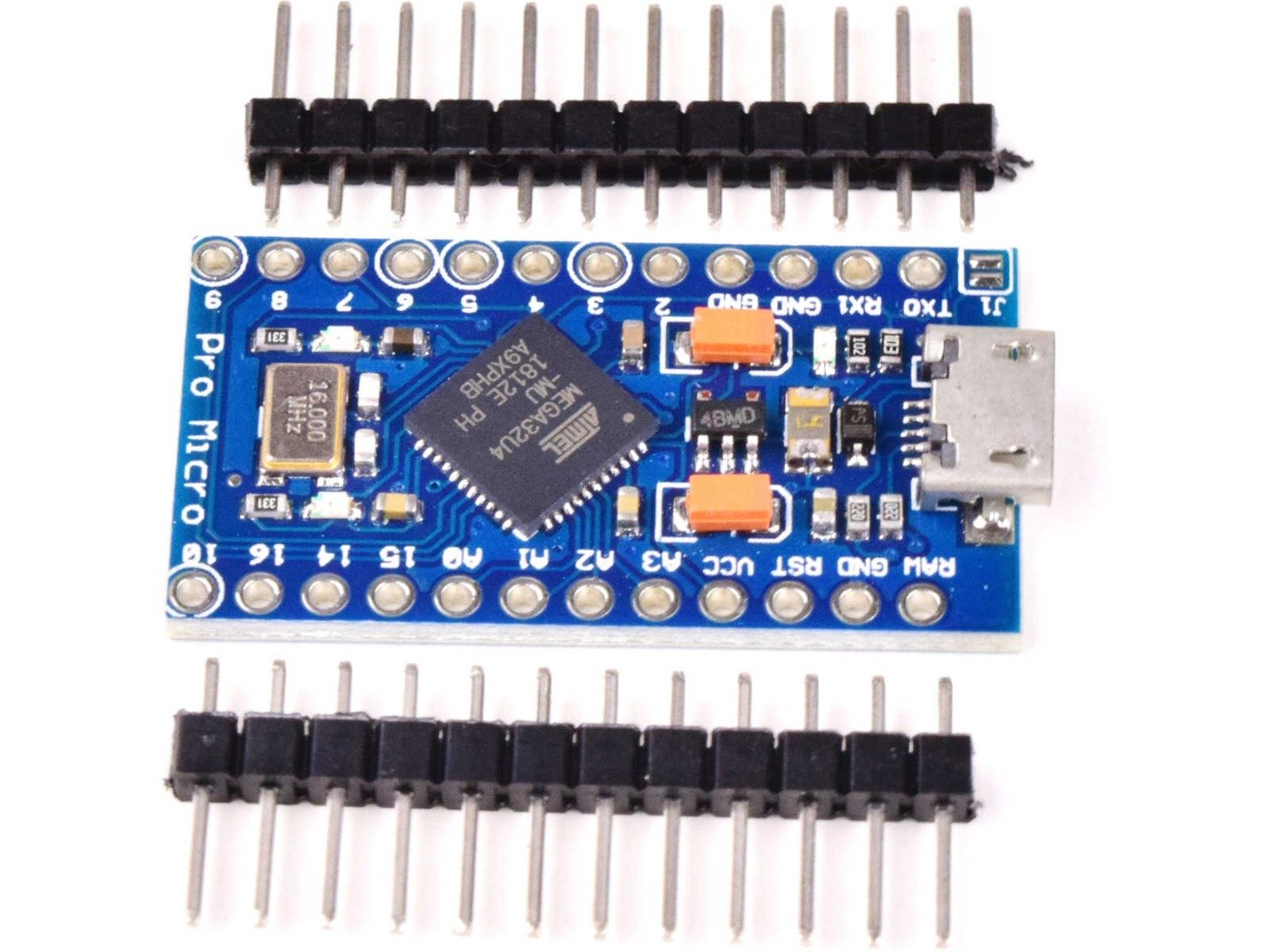
Reviews
There are no reviews yet.